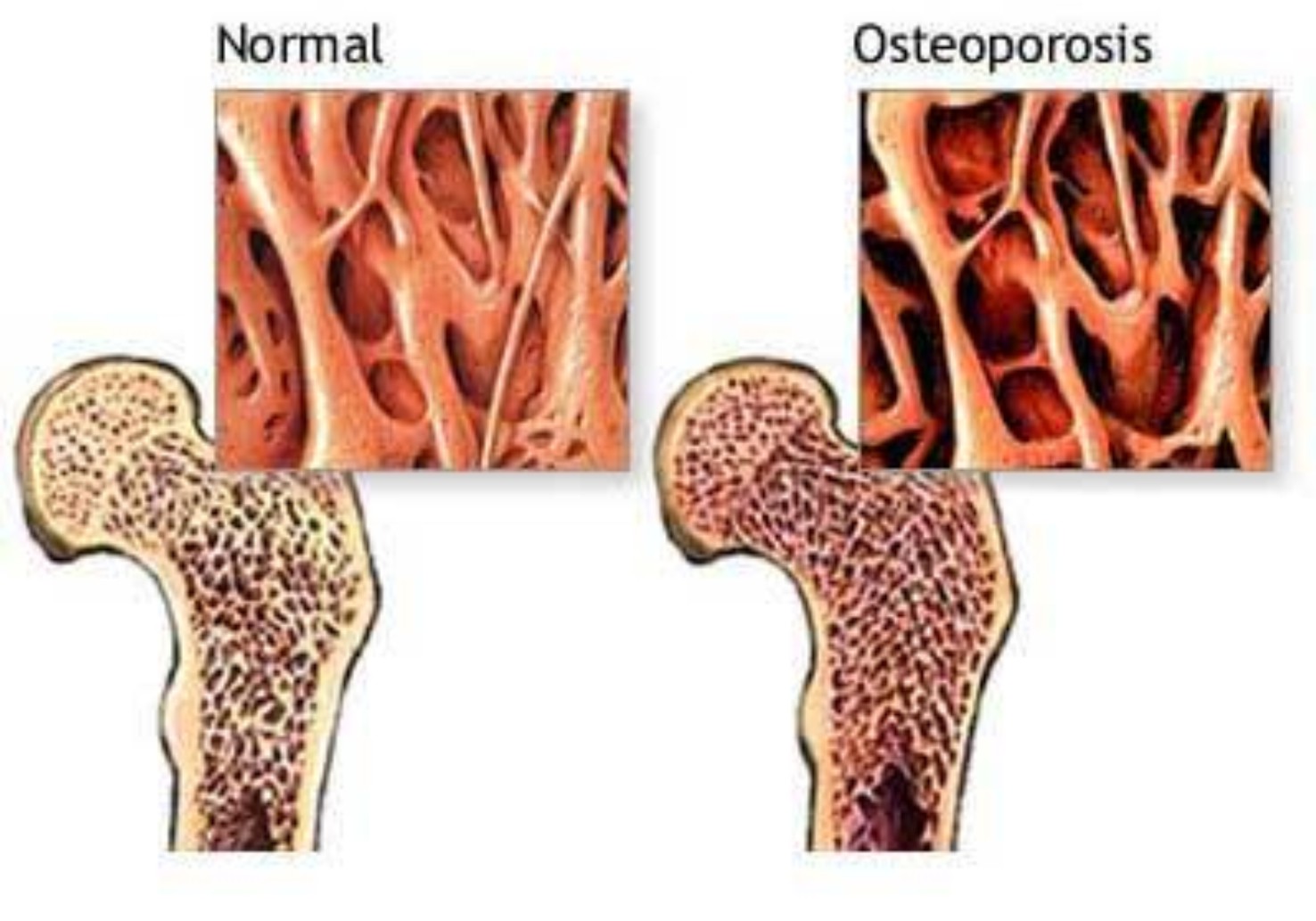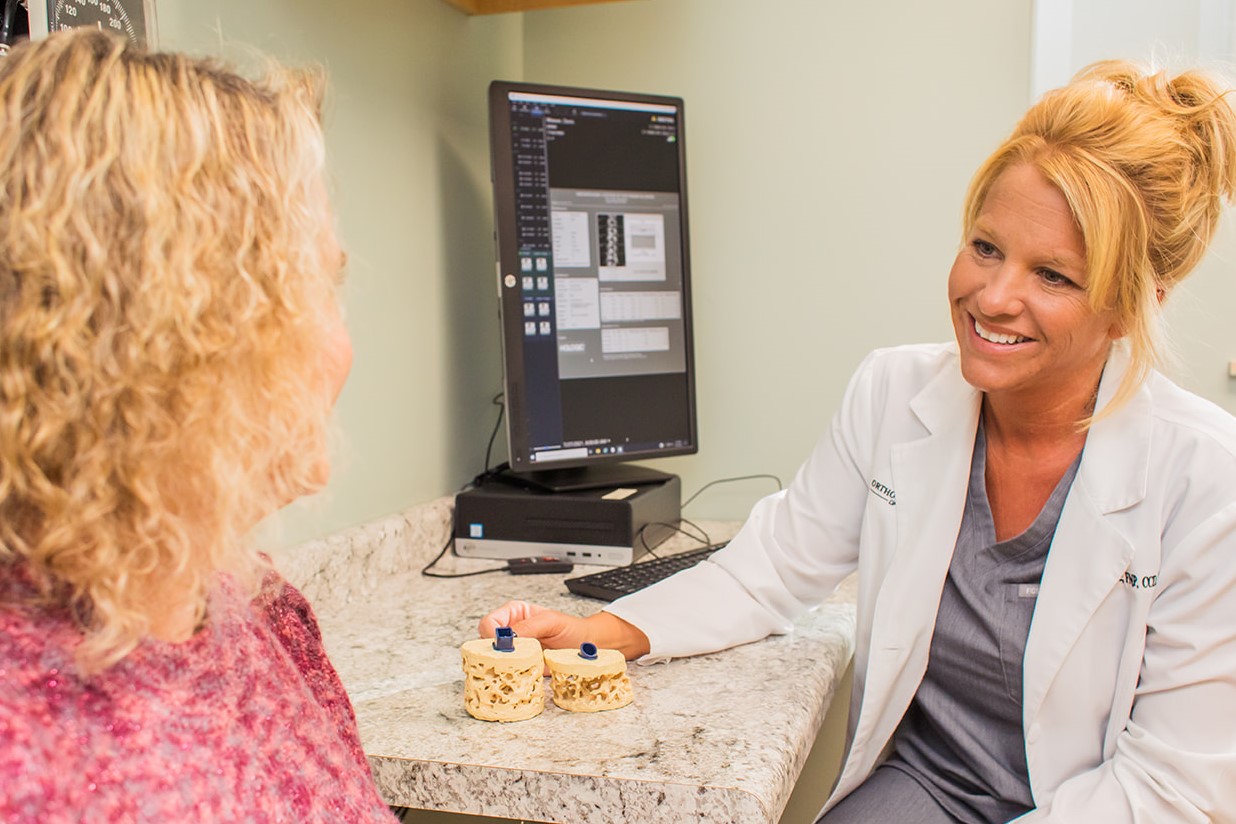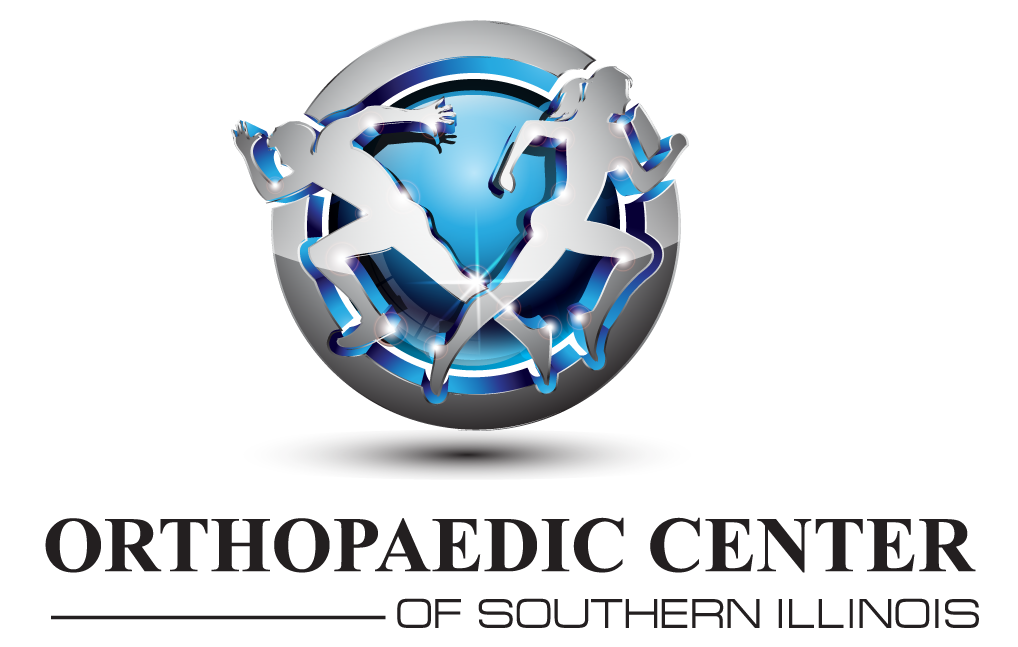Osteoporosis
Osteoporosis is a bone disease. Its name comes from Latin for "porous bones."
The inside of a healthy bone has small spaces, like a honeycomb. Osteoporosis increases the size of these spaces, causing the bone to lose strength and density. In addition, the outside of the bone grows weaker and thinner.
Osteoporosis can occur in people of any age, but it's more common in older adults, especially women. More than 53 million people in the United States either have osteoporosis or are at high risk of developing it.
People with osteoporosis are at a high risk of fractures, or bone breaks, while doing routine activities such as standing or walking. The most commonly affected bones are the ribs, hips, and the bones in the wrists and spine.
Osteoporosis Symptoms
The early stages of osteoporosis don't cause any symptoms or warning signs. In most cases, people with osteoporosis don't know they have the condition until they have a fracture.
If symptoms do appear, some of the earlier ones may include: receding gums, weakened grip strength, weak and brittle nails.
If you don't have symptoms but have a family history of osteoporosis, talking to your doctor can help you assess your risk.
Osteoporosis Causes
A few key causes lead to most cases of osteoporosis:
- Age - The biggest cause of osteoporosis is age. Throughout your life, your body breaks down old bone and grows new bone. However, when you're in your 30's, your body starts breaking down bone faster than it's able to replace it. This leads to bone that's less dense and more fragile, and thus more prone to breakage.
- Menopause - Another primary cause of osteoporosis is menopause, which occurs in women around the ages of 45 to 55 years. Due to the change in hormone levels associated with it, menopause can cause a woman's body to lose bone even more quickly.
Men continue to lose bone at this age, but at a slower rate than women do. However, by the time they reach the ages of 65 to 70, women and men are usually losing bone at the same rate. - Medical Conditions or Medications - Other causes of osteoporosis include certain medical conditions such as hyperthyroidism. They also include the use of certain medications. Examples of these medications include long-term oral or injected corticosteroids such as prednisone or cortisone.
Age, menopause, certain health conditions, and the use of certain medications may be the primary causes of osteoporosis, but they're not the only ones.
Osteoporosis Risk Factors
The biggest risk factors for osteoporosis include: being female, being an older adult, being Caucasian or Asian, having a family history of osteoporosis, poor nutrition, physical inactivity, smoking, taking certain medications, low body weight, small-boned frame.
You can control some of these risk factors for osteoporosis, such as poor nutrition and inactivity. For instance, improving your diet and starting an exercise program can benefit your bone health. However, you can't control other rish factors, such as your age or gender.

Bone Density Test for Diagnosis
To check for osteoporosis, your doctor will review your medical history and do a physical exam. They may also run tests of your blood and urine to check for conditions that may cause bone loss. If your doctor thinks you may have osteoporosis or that you're at risk of developing it, they'll likely suggest a bone density test.
This test is called bone densitometry, or Dual-Energy X-ray Absorptiometry (DEXA). It uses X-rays to measure the density of the bones in your wrists, hips, or spine. These are the three areas most at risk of osteoporosis.
This painless test can take from 10 to 30 minutes.
Osteoporosis Treatment
If your testing shows that you have osteoporosis, your doctor will work with you to create a treatment plan. Your doctor will likely prescribe medications as well as lifestyle changes. These lifestyle changes can include increasing your intake of calcium or vitamin D, as well as getting appropriate exercise.
There's no cure for osteoporosis, but proper treatment can help protect and strengthen your bones. These treatments can help slow down the breakdown of bone in your body, and some treatments can spur the growth of new bone.












